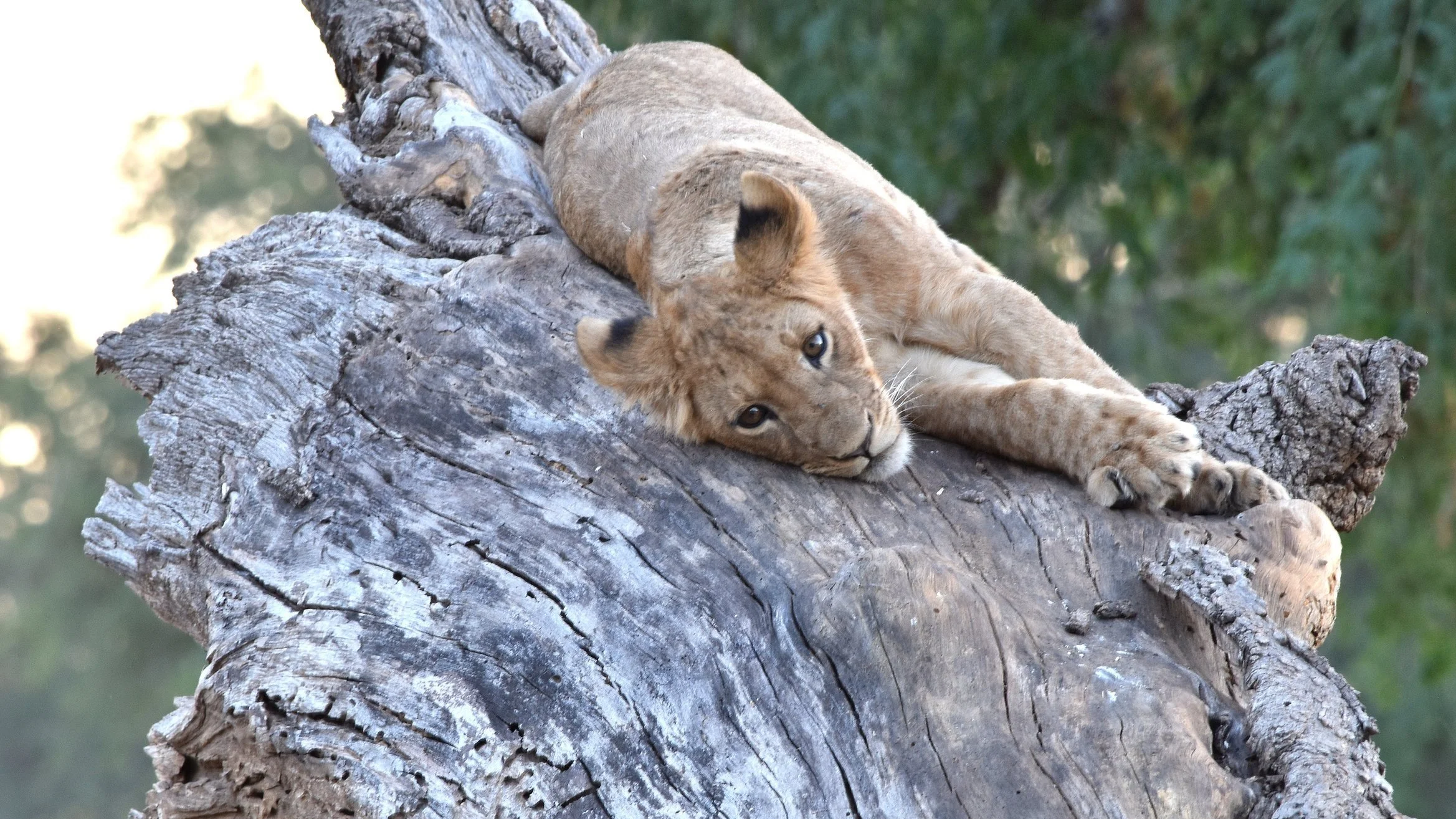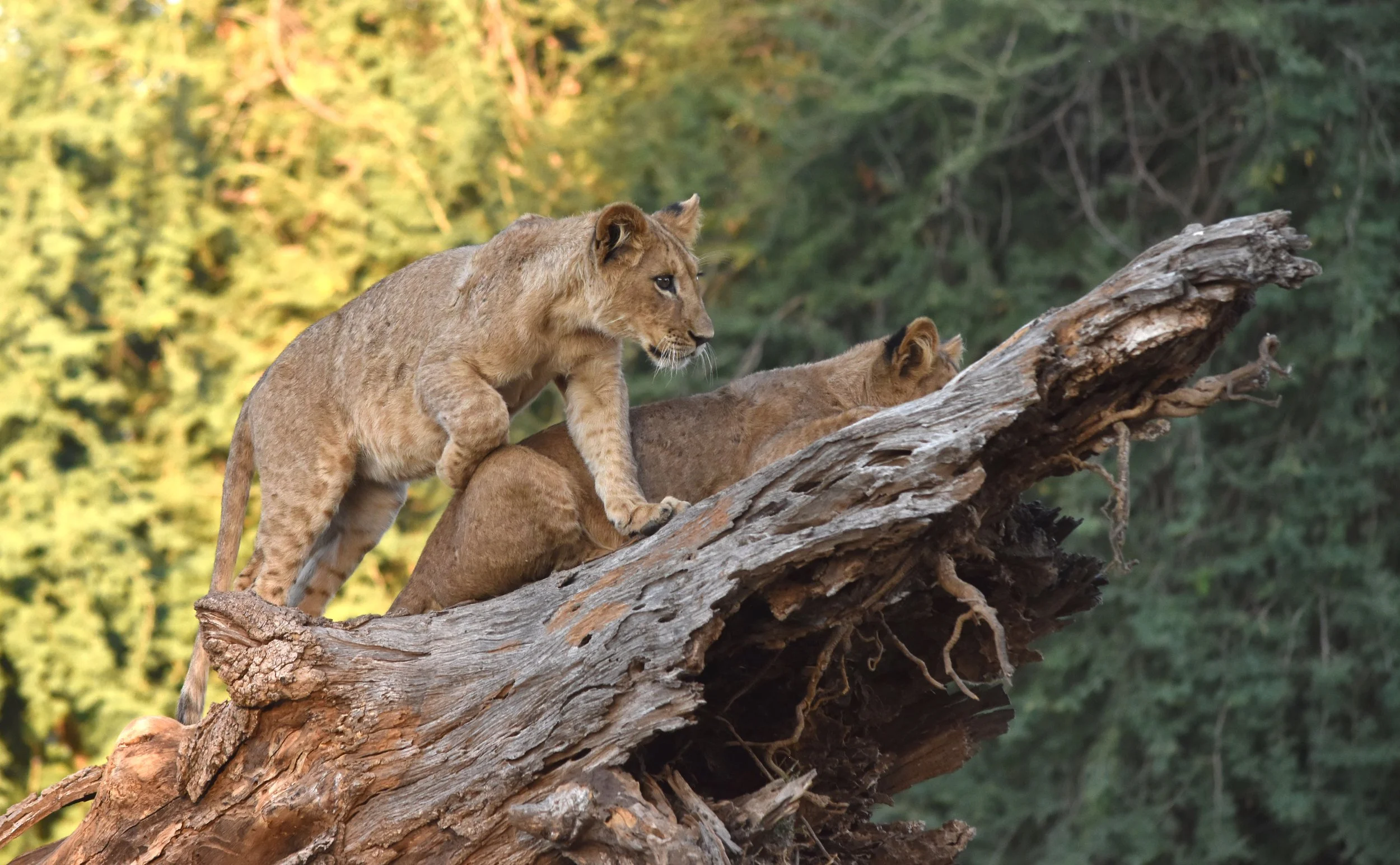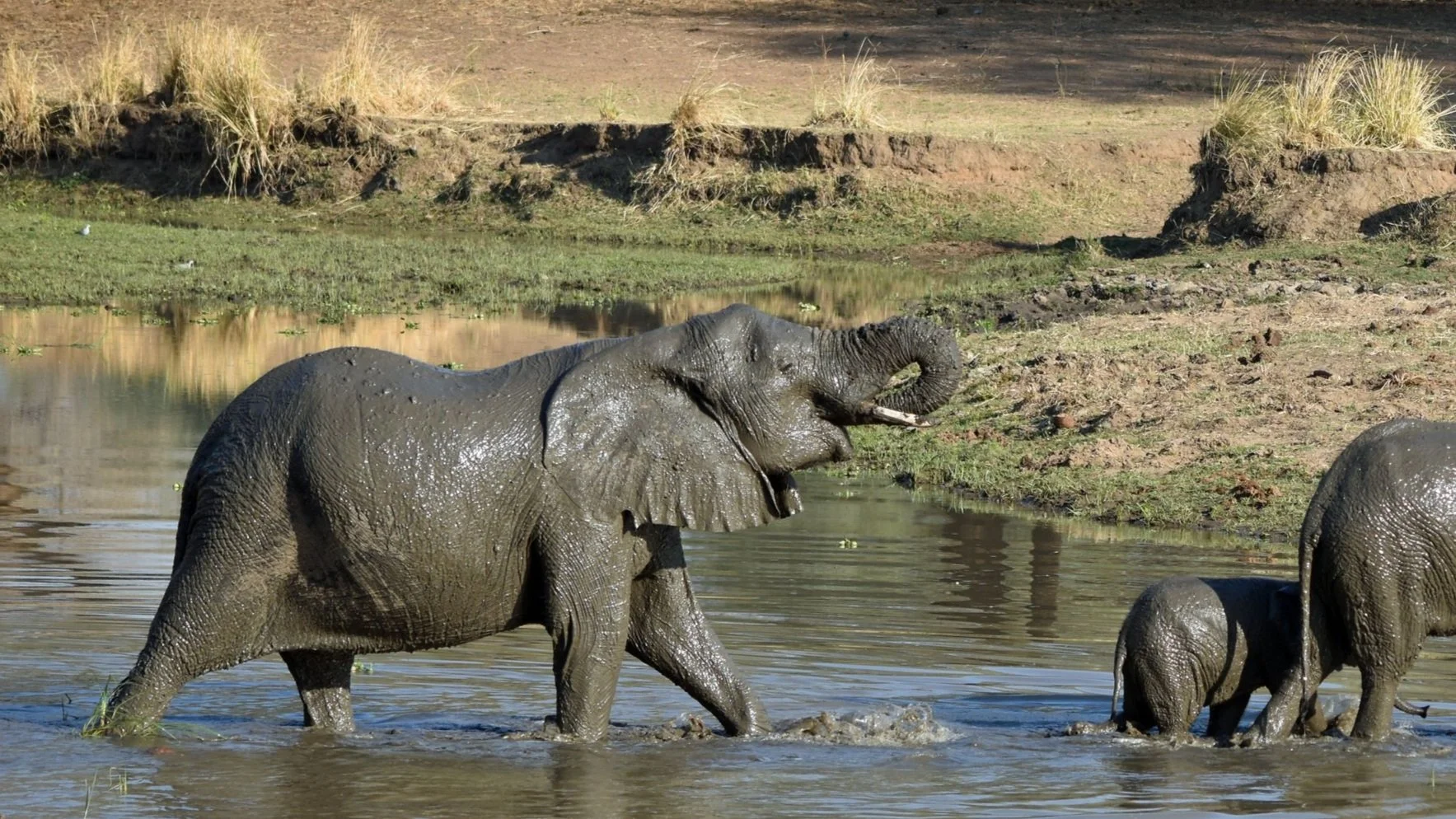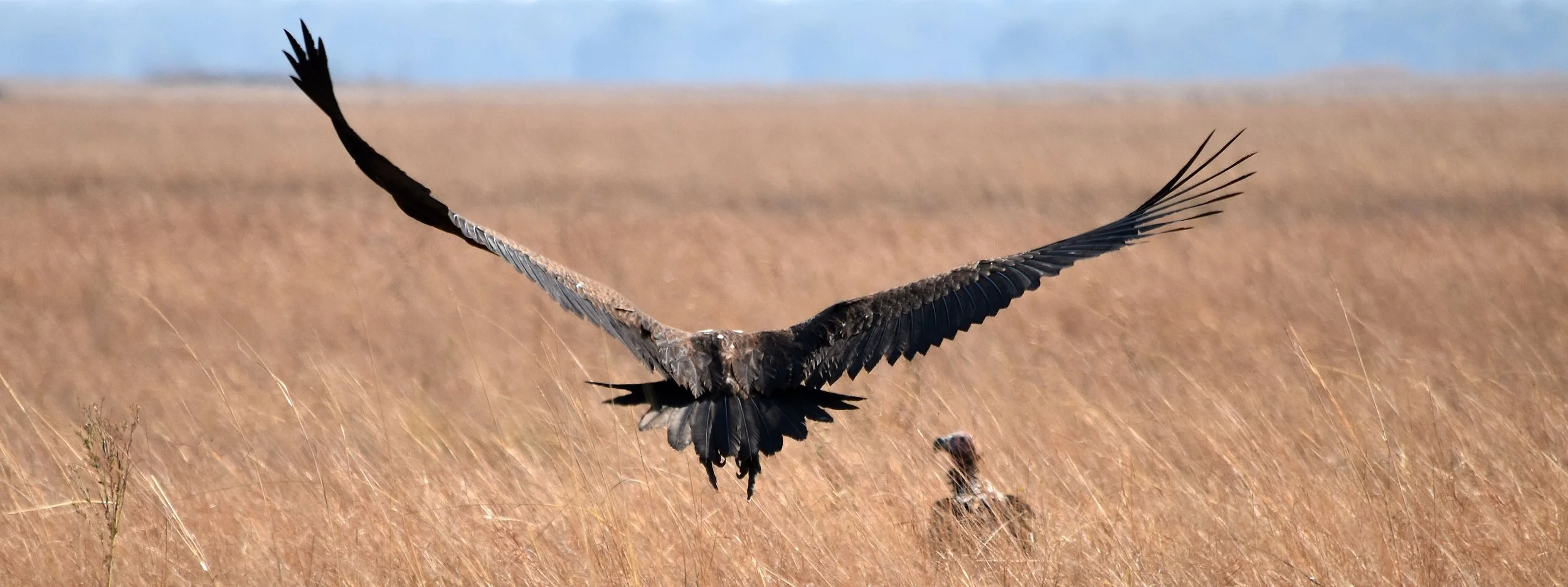SAFARI ROOKIE ERRORS
Even seasoned professionals can get a few things wrong along the way and I certainly hold my hands up in confession for this blog.
If you want to learn from my tried and tested mistakes, check out these tips.
Photo Credit: (c) T J Allen Art
Look Closer
It took me 11 years of going on safari to finally open my eyes to the fact that binoculars are a necessary and vital part of every safari packing kit.
With 20/20 vision and a knack for spotting wildlife, I always felt that I didn’t need binoculars because my eyes were already clued up on the game. My other excuse was not wanting the bulkiness of having something else to lug around alongside my camera, so I thought I was being more efficient by using the zoom lens on my camera to look at things in slightly closer detail.
However, after attending a group safari in Botswana, I was eventually worn down by the other regular safari-goers that binos (as they are often referred to by the ones who are in the know!) are essential and have far more attributes than I was giving them credit for.
A few months after that trip, I attended the Destinations Show at Olympia in London and found a great pair of binos at a reduced rate.
I took these on my recent safari in Zambia and I was blown away!
I used them far more than I ever imagined, even using them on wildlife that was only a few metres away from the vehicle and within perfect eye range. The binos enabled me to literally see every strand of hair in the fur, every minute detail from the face to the hooves / paws. It was like entering a super-sonic world where my eyes were able to imagine with full clarity what it would feel like for my fingertips to caress the textures I was seeing.
So, please learn from my original error in judgement! I can guarantee you will gain a far richer experience in being able to see beyond your usual vision.
Photo Credit: (c) T J Allen Art
Wrap Up
I’m still surprised at how cold it can get on safari and yet I still look at my packing list when I’m in the UK and snigger at just the thought of packing a woolly winter hat.
For some reason, my recent trip to Zambia didn’t really register in my mind that I would be going in their wintertime and despite looking at the expected weather forecast, I focused more on the lovely warm daytime temperatures rather than the fresher nighttime temperatures. Let’s just say, if you’re from the UK, you’ll likely be surprised at the epically vast differences you might experience within a 24-hour period.
Even though I had packed a thermal vest, a thick fleece and a scarf, I was not prepared for the chilliness that awaited my early morning game drives, especially on the Busanga Plains (I was told that they are even known to get frost out there which was a fact that blew my mind!).
The camps provided blankets and hot water bottles in the vehicles during game drives which were much appreciated and very much needed(!) but I was even more grateful for crossing paths with the lovely Tony McKeith (who I booked my safari through) as he lent me his super warm winter jacket for the duration of my trip. *Here you are Tony, some public accolade for you*
This is just a little warning to look where you are going and at what time of year. Remember, breezy open plains with vast open skies and little cloud cover don’t hold the same temperatures as areas of woodland and denser foliage.
But please don’t let any of this put you off! Once the sun rises and blazes across the savannah, you’ll soon be ironically praying for the temperature to drop again.
Photo Credit: (c) T J Allen Art
Standby
‘Ok, we’ll start to slowly make our way back to camp now,’ are the words you’ll least be excited to hear from your safari guide when you’re out on a game drive. Even though you might have been out for about 3 hours already, there’s always that slight sense of disappointment in what else you’ve not had chance to discover.
But . . . just because you’re heading back to camp doesn’t mean it’s over.
The game drive is only over when you’re physically stepping out of the vehicle back at base . . . and even then, you’ll likely see wildlife wandering around camp.
My rookie errors in the past have been to hear those words and to start ‘packing up’ e.g. putting my lens cap back on my camera and binos and *shock horror* even putting them away in my bag!
NEWSFLASH! This is like a universal dangling carrot for something epic (or even not so epic) to happen.
There is nothing worse than stumbling across an amazing sighting and not being prepared and wildlife does not wait for you to faff about! So always make sure you’re on standby, from the moment you leave camp to the moment you get back ………
And on that note, it’s always useful to be half on standby when you’re eating lunch or chilling out in your tent / chalet / room . . . because you never know what might be around.
Photo Credit: (c) T J Allen Art




